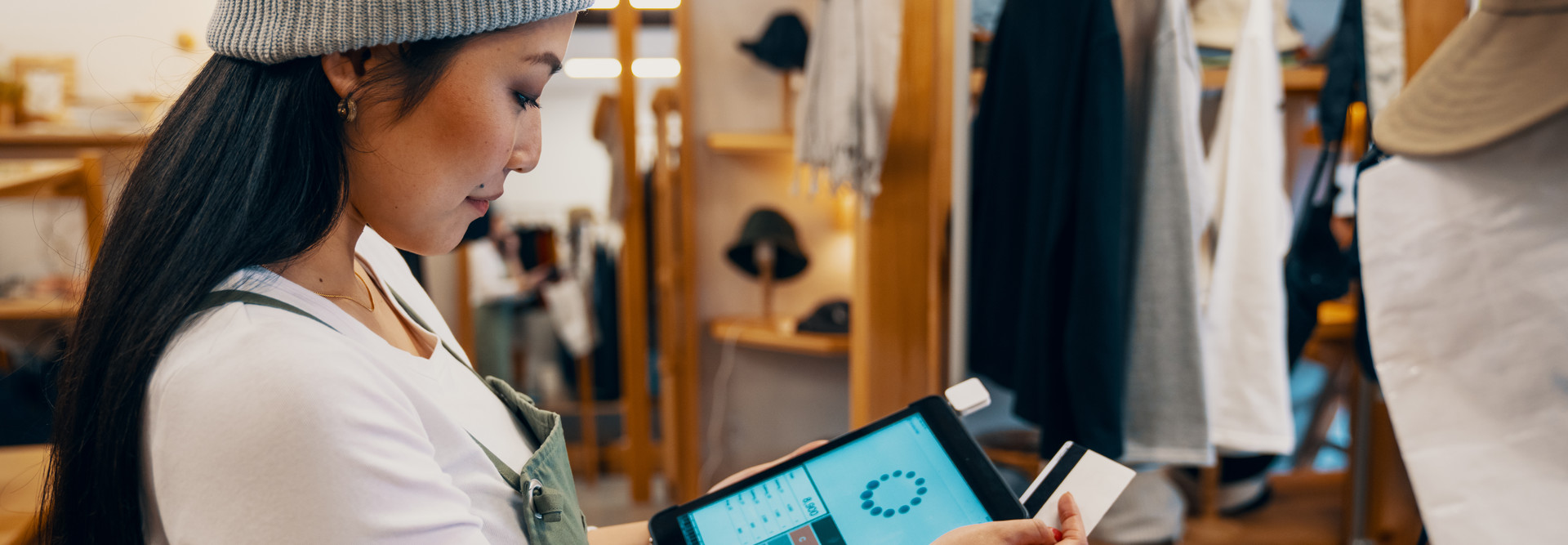How Physical Retail Has Changed and Is Thriving
Many experts predicted that the pandemic — and the online shopping experience retailers developed in response to it — might sound a death knell for physical retail. Having enjoyed the convenience and speed of the online experience, coupled with continued COVID-19 concerns and restrictions, customers were expected to keep shopping on mobile devices or the web from the comfort of their homes.
However, in-store shopping has shown a surprising resilience. As Reda writes, “Physical retail, often predicted to falter in the face of the ecommerce boom, is flexing its muscle as we head into 2022 and will continue to attract shoppers for the foreseeable future: 72 percent of U.S. retail sales will still occur in bricks-and-mortar stores in 2024, according to new research from Forrester.”
She writes that customers returning to physical stores in 2022 are likely to be pleasantly surprised by an elevated experience. “Engaging technologies, including touches of virtual reality, hands-on encounters and in-store app functionality, are just part of the remake.”
LEARN MORE: Read what tech leaders say retailers must do to overhaul the in-store experience.
How Retailers Can Use Technology to Upgrade In-Store Shopping
While customers have grown accustomed to using online tools when shopping, many still seek a human element to complement the digital convenience. Retailers can use technology to provide an in-store shopping experience that is both innovative and personalized.
“Personalization matters. Customer expectations for an experience that is relevant across physical and digital channels is the 2022 iteration of loyalty,” Reda writes. “Show them you know them, and they’ll stick with you; mess up and they’re out.”
Experts predict other technologies will be put to greater use by retailers in the coming year. Modernized checkout technology, smart shelves and AI-equipped video surveillance are just some of the tools retailers will have at their disposal to bring customers back to their stores. Modernizing the checkout experience will improve customer service, while smart shelves and video surveillance can help relieve the effects of supply chain disruptions.
READ MORE: Find out how a modernized checkout system could change the future of retail.
How Retailers Can Use Tech Tools to Overcome In-Store Challenges
As in any industry, the pandemic has altered users’ expectations of technology. Retail customers are no exception. They’ve used apps and online tools throughout the pandemic to make shopping faster and easier, and they expect the same advances when they return to physical stores.
Labor shortages and supply chain issues are problems that don’t seem to be going away soon, and they directly affect customer satisfaction and brand loyalty. As IBM Chairman and CEO Arvind Krishna noted last month at NRF 2022: Retail’s Big Show, rather than the customer being loyal to the store, there’s been a shift to whether the store is loyal to the customer, creating an experience the customer enjoys. The relationship has become more bidirectional, he said: “When you walk in, your whole perspective is, ‘Am I being treated well?’”
One of the greatest weapons in the retail arsenal is customer data, and many stores are only now discovering ways to take advantage of it in a physical setting, through tools such as modernized checkouts and automated inventory systems. Cloud and edge computing architectures have become crucial for mining valuable customer data, and Microsoft’s Cloud for Retail recently became available to help companies manage their data effectively.











